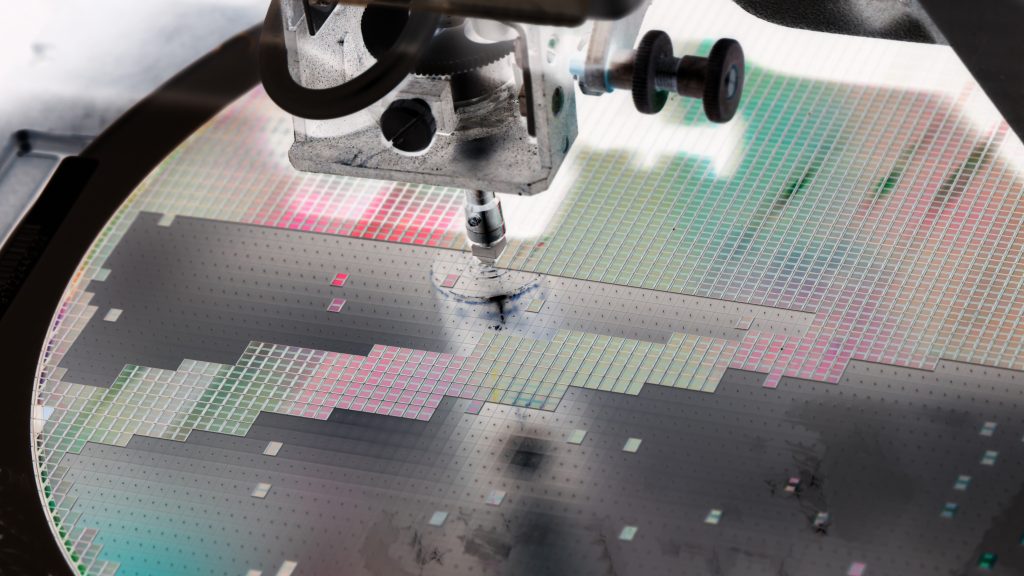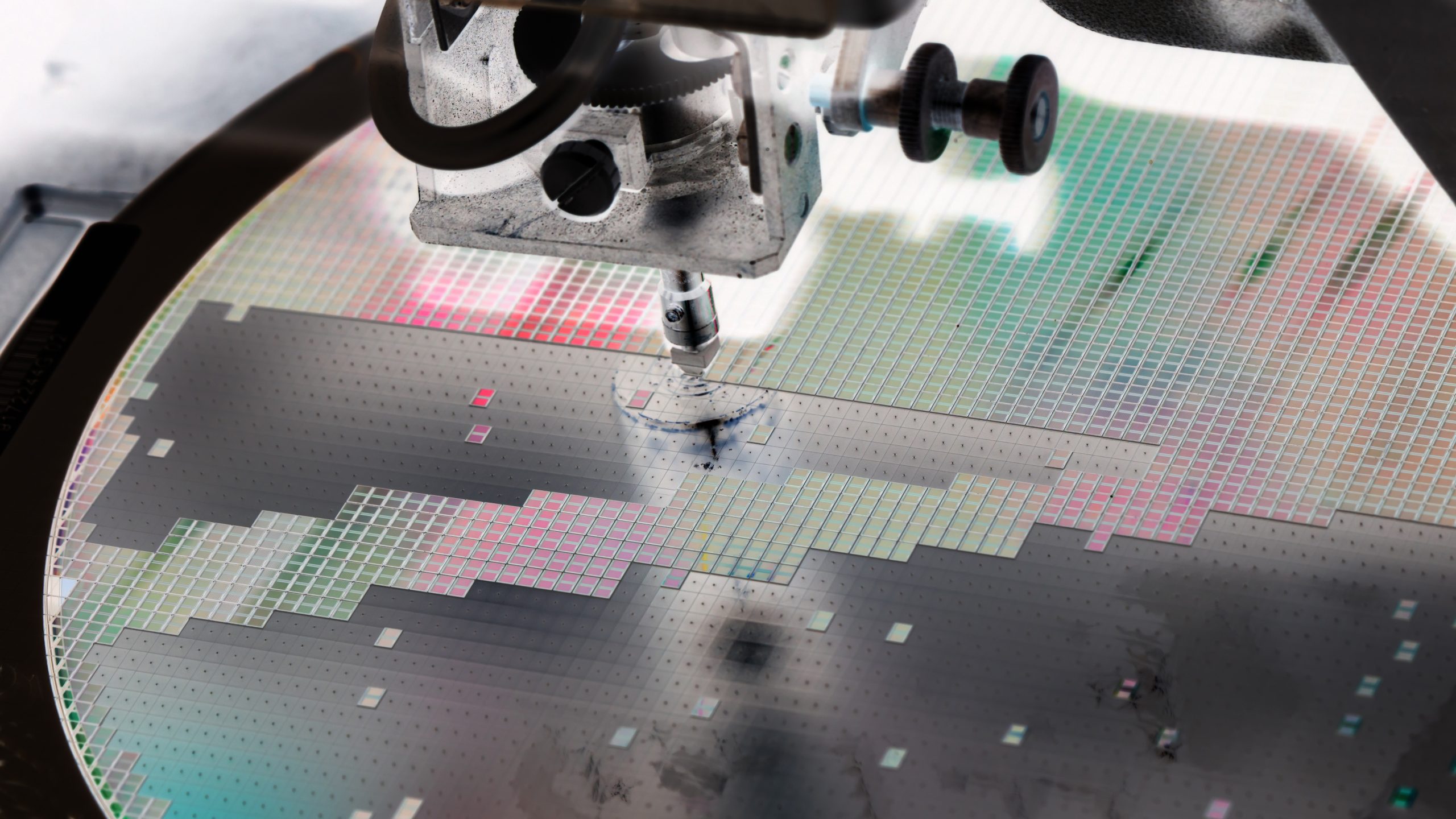JULIA VILLA, Product Marketing Manager, Emerson (TESCOM)
As the chip shortage continues, pressure to increase production yields is pushing manufacturers to search for solutions that will bump up productivity while allowing them to take even tighter control of quality. Within the semiconductor industry, this is easier said than done. Modernizing an operation with cutting edge automation and data analysis tools to speed up production is costly, particularly for those manufacturers who have long-established and deeply rooted systems and controls. With overhauls out of the question and downtime costs too high a price to pay, it may seem like manufacturers are out of options, but new innovations in gas delivery components are emerging, and they are poised to help solve this challenge one pressure regulator at a time.
Improving yield with a component-level change in gas delivery systems
Updating or modifying any part of an established chip manufacturing process is challenging. First, it can be extremely expensive in terms of engineering and equipment costs. New system integration can also prove cumbersome and present costly disruptions to the larger operation. These challenges often lead manufacturers and their suppliers to examine smaller systems and components within the process to try to identify opportunities for yield improvement, and one system and component that are getting a lot of attention are the gas delivery system and the pressure regulator.
Because there are so many gas delivery systems involved in semiconductor manufacturing, the pressure regulators that control gas flow have taken center stage as a critical component in the battle for better yields. The more precise pressure and flow control and improved cycle times afforded by newer pressure regulator designs are helping manufacturers more tightly control gas delivery, which is directly tied to higher product quality and higher yield. In the bigger picture, these component-level improvements can also assist in reducing material waste and equipment wear and tear, all of which contribute to alleviating the semiconductor shortage that manufacturers are working so hard to resolve.
The important role of a high purity pressure regulator in a gas cabinet
To understand the positive impact a high purity pressure regulator can have on a semiconductor manufacturing operation and its yield, consider a typical gas cabinet within the larger context of gas delivery systems. Gas lines start out 100% clean and free of impurities, so regulators that are introduced into the process must also be 100% clean. This means regulator suppliers must do their part during the manufacturing of high purity regulators to ensure no impurities are introduced into the process once the regulator is installed. For example, Emerson’s TESCOM pressure control regulators are assembled in an ISO 4 clean room and are vacuum bagged to protect cleanliness from the point of manufacturing through transport and installation into the system.
Cleanliness, however, is only part of the story of a pressure regulator’s impact on yield. Equally important is the regulator’s ability to deliver precise flow control. When the gas supply reaches the gas cabinet, the regulator is responsible for controlling the flow of the gasses that are distributed to the valve manifold boxes that feed clean room tools. Once gasses reach the clean room, flow precision is absolutely critical for delivering the high product quality that results in high yields, and any fluctuations in pressure or flow can compromise this quality.
Recognizing the critical role of regulators and their potential to impact yields, industry-leading suppliers like Emerson have focused their engineering expertise on advancing regulator technology to more precisely control flow. As a result, newer sensor-equipped pressure regulators are now available that enable manufacturers to capture, analyze and respond to regulator data automatically without operator intervention. Additionally, advances in the pressure regulator’s internal design, such as reductions in volumes and modifications to the diaphragm, have improved cycle times by reducing the amount of time required to purge the regulator during changeover.
Click here to read the full article in Semiconductor Digest magazine.




